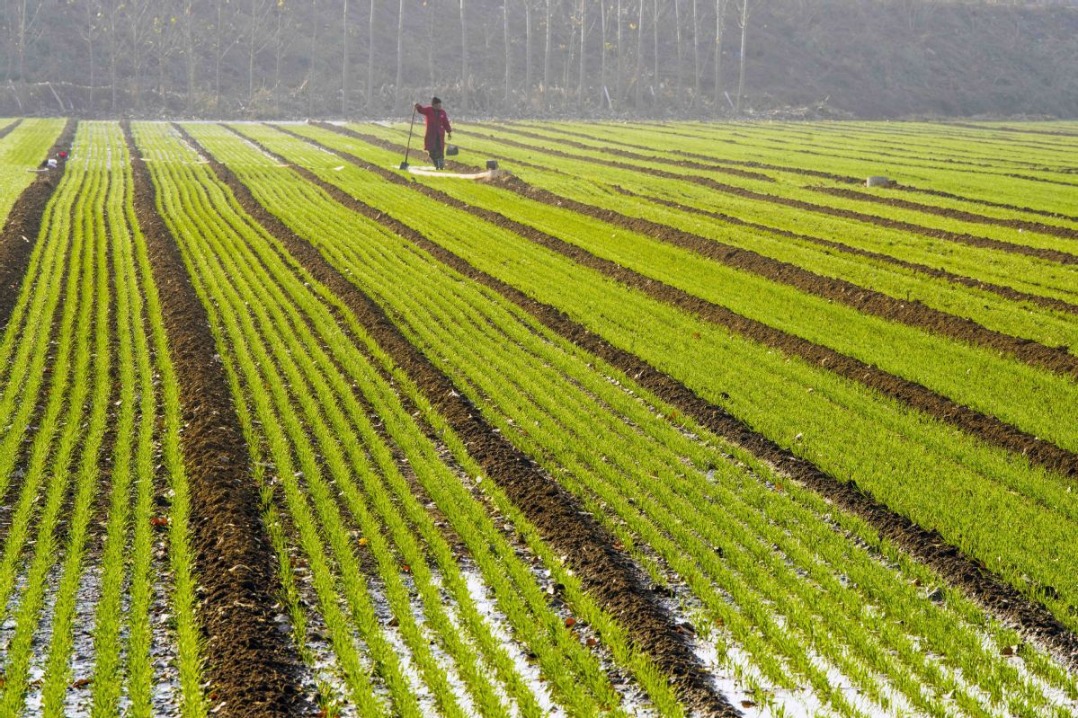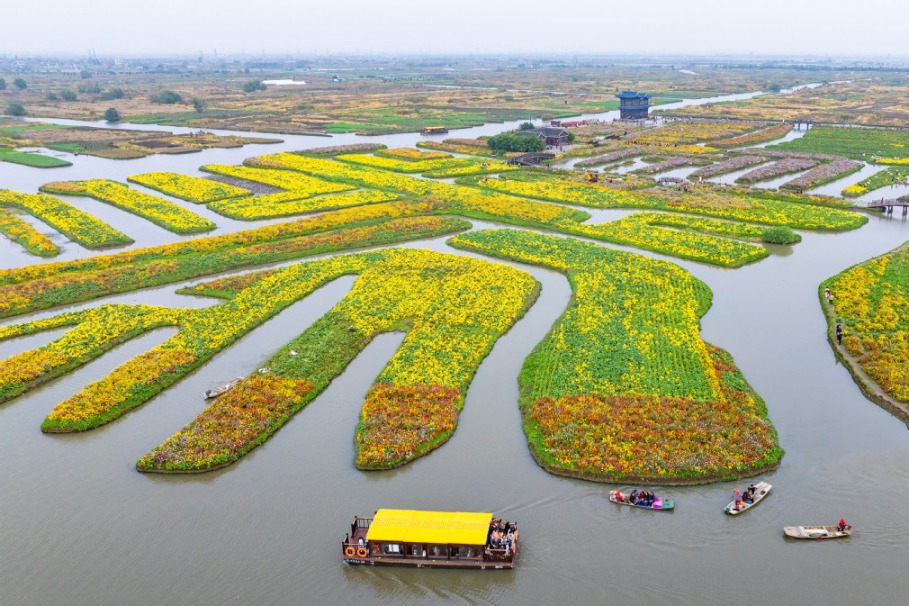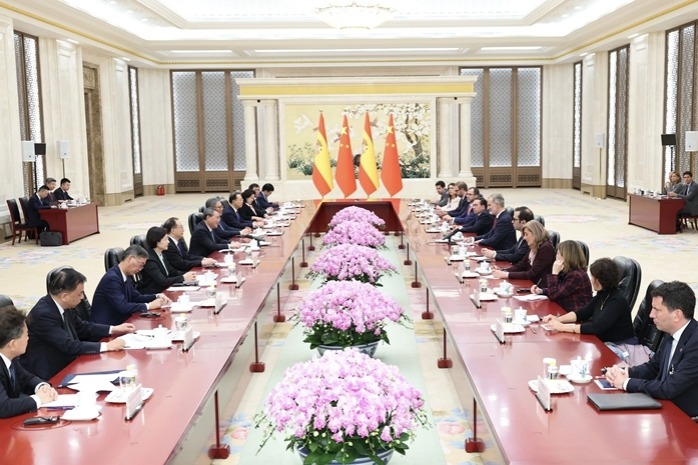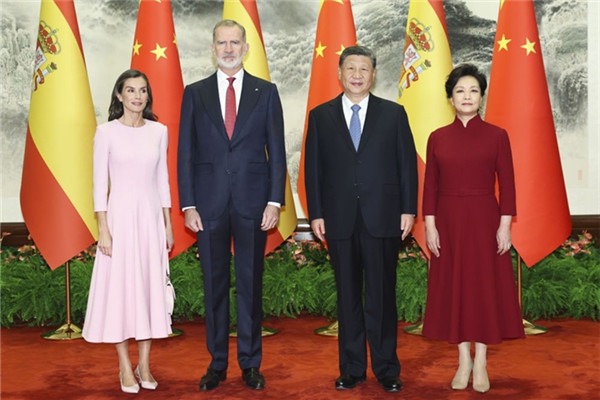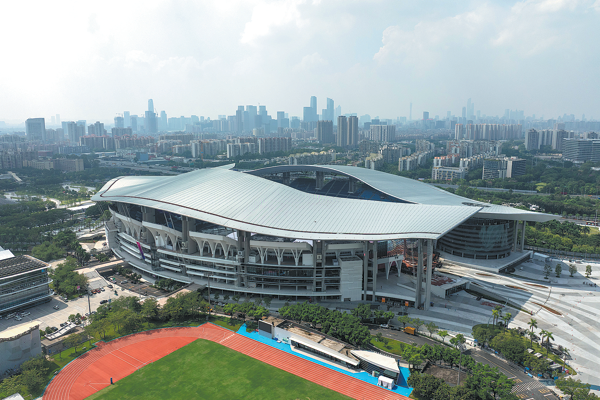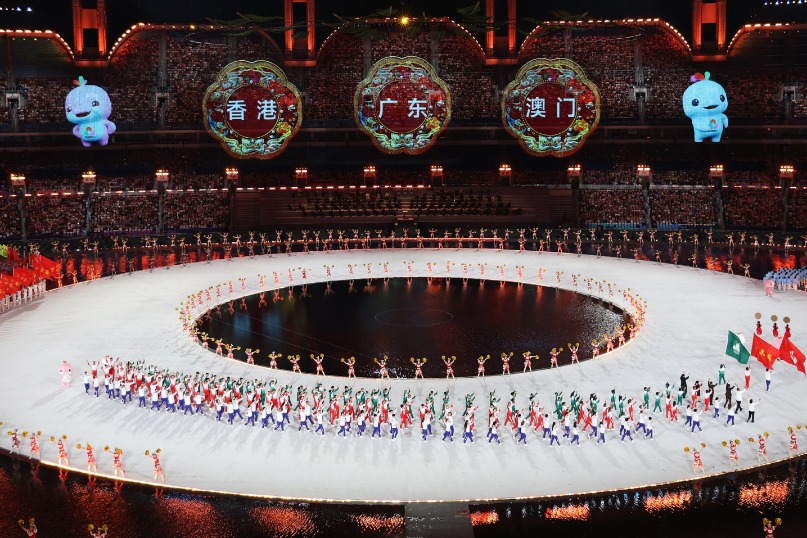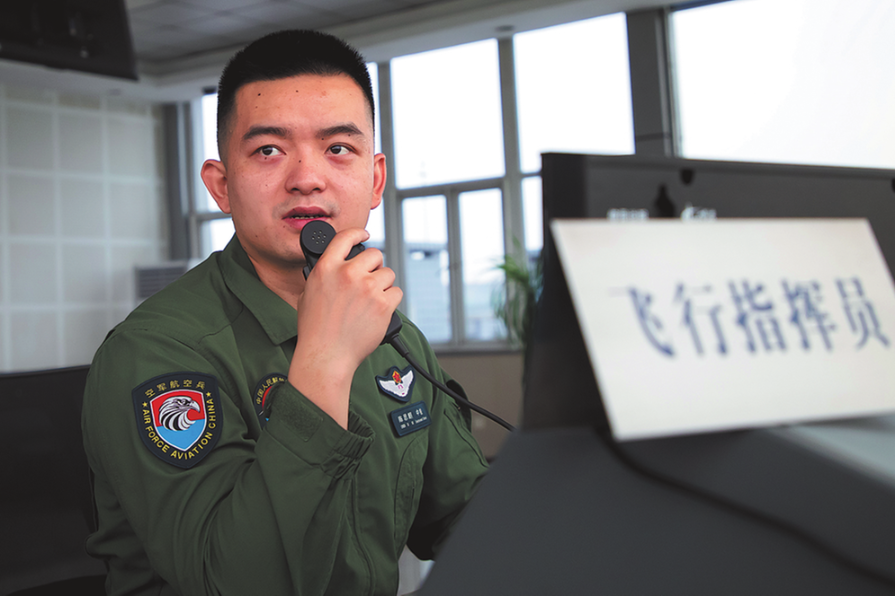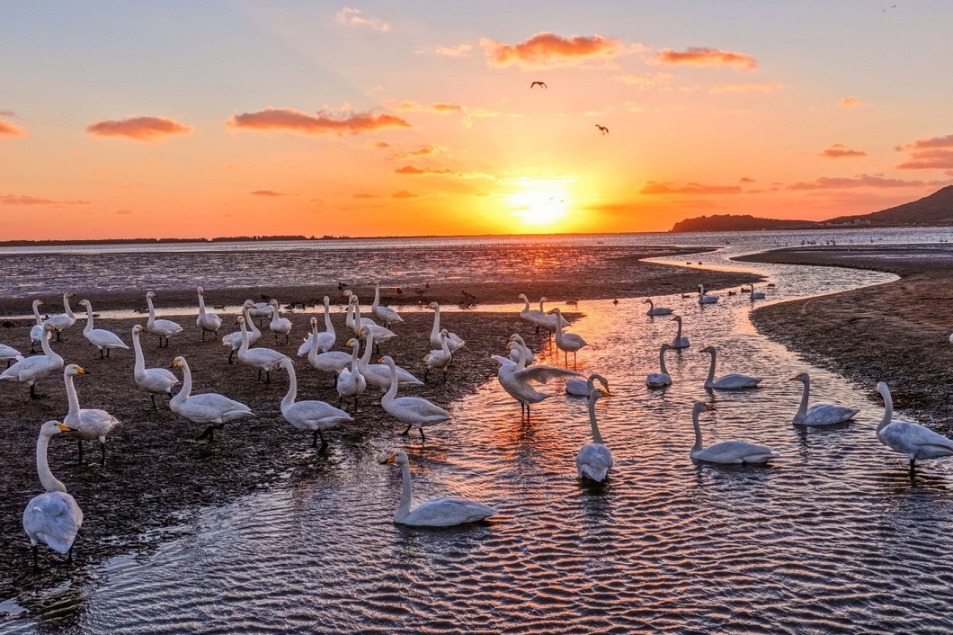Campaign trailing

The city's latest tourism initiative, Hello Hong Kong, may get feet tapping, but can its eat-shop-play message attract the steady flow of higher-spending tourists that the SAR so desperately needs? Joyce Yip looks for answers.

Thirsty Shaker, Sandeep Hathiramani's cocktail and shisha bar, opened in Central in 2022, even as Hong Kong's notorious fifth wave of COVID-19 was raging. Business was practically nonexistent, with restaurants (and bars with restaurant licenses) forced to close by 6 pm.
As business slowly rebounds following the scrapping of the last of Hong Kong's pandemic-related restrictions, Hathiramani is glad to be a partner in the Hong Kong Tourism Board's (HKTB's) latest promotional campaign, Hello Hong Kong.
Besides air-ticket giveaways, the campaign is offering visitors consumption vouchers that are redeemable at some 3,000 merchants. Each HK$100 ($12.74) coupon is good for a complimentary welcome drink at selected bars, restaurants and hotels, or can be redeemed toward the cost of transportation, attractions, F&B or retail.

At the Thirsty Shaker, the voucher can be exchanged for a welcome drink, for which Hathiramani will be reimbursed up to a cap of HK$80,000 once the campaign concludes at the end of the year. Having joined past HKTB campaigns that offered discounts instead, he says the freebie approach is much more enticing.
"Discounts - for tourists and locals - are everywhere. People aren't going to come all the way from Kowloon or the New Territories to Central just to enjoy 20 percent off," he says, adding that he's happy to receive one HKTB-driven customer a day.
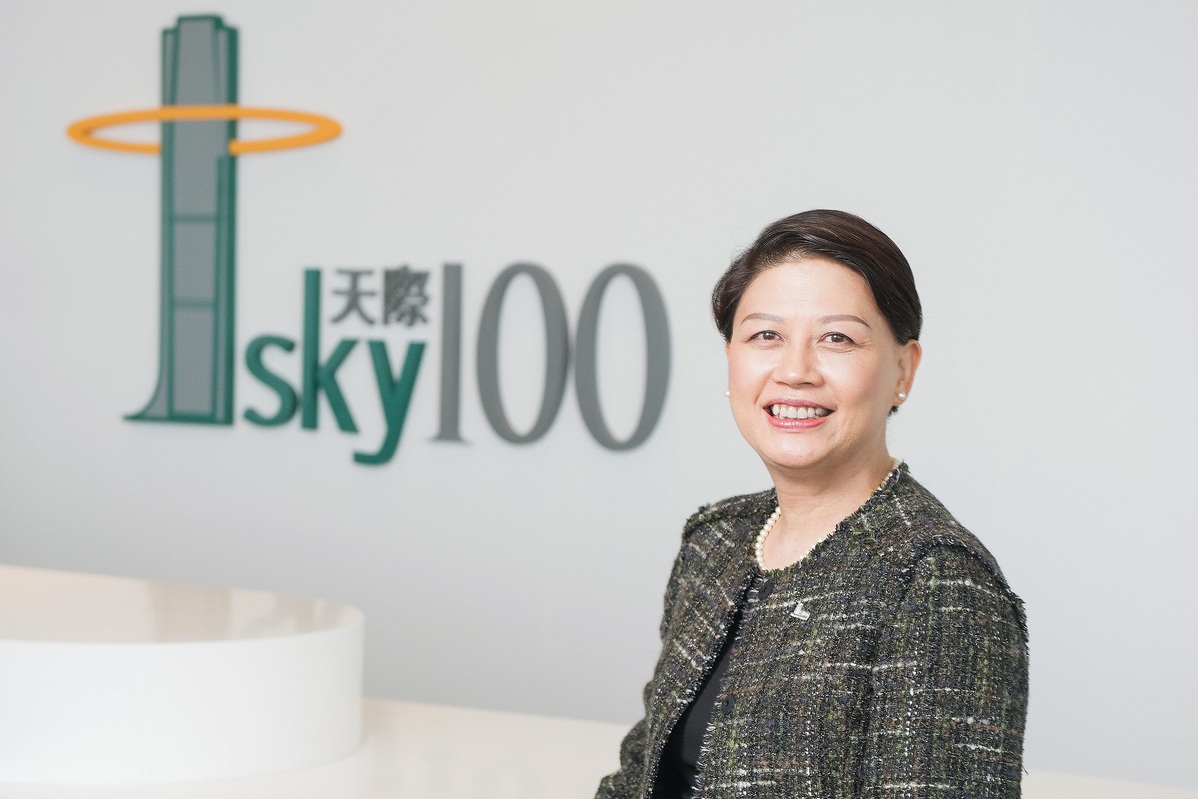
Tickets to ride
Hello Hong Kong was launched with campaign videos featuring a welcome speech by Chief Executive John Lee Ka-chiu, plus greetings from South Korean singer Rain and celebrity chef Rafa Gil - known for his appearance on Netflix's The Final Table. In one of these, Aaron Kwok, Sammi Cheng and Kelly Chen - local stars who arguably peaked in the late '90s - show off attractions, including Pottinger Street, the Peak, and Hong Kong Disneyland.
As part of the campaign, MTR Corp is giving away 100,000 Airport Express tickets and 100,000 Tourist Day Passes (offering unlimited travel for 24 hours). The Hong Kong Jockey Club will distribute 2,000 tourist packs that include dining coupons for its racecourse restaurants.
In March, the HKTB announced that visitor arrivals in February had exceeded 1 million for the first time since the start of the pandemic. This, however, is a far cry from the average 5.5 million monthly visitors the city welcomed in 2018. While industry insiders are being patient with the gradual rebound, some say Hello Hong Kong's superficial messages and offerings won't attract the higher-spending tourists the city needs.
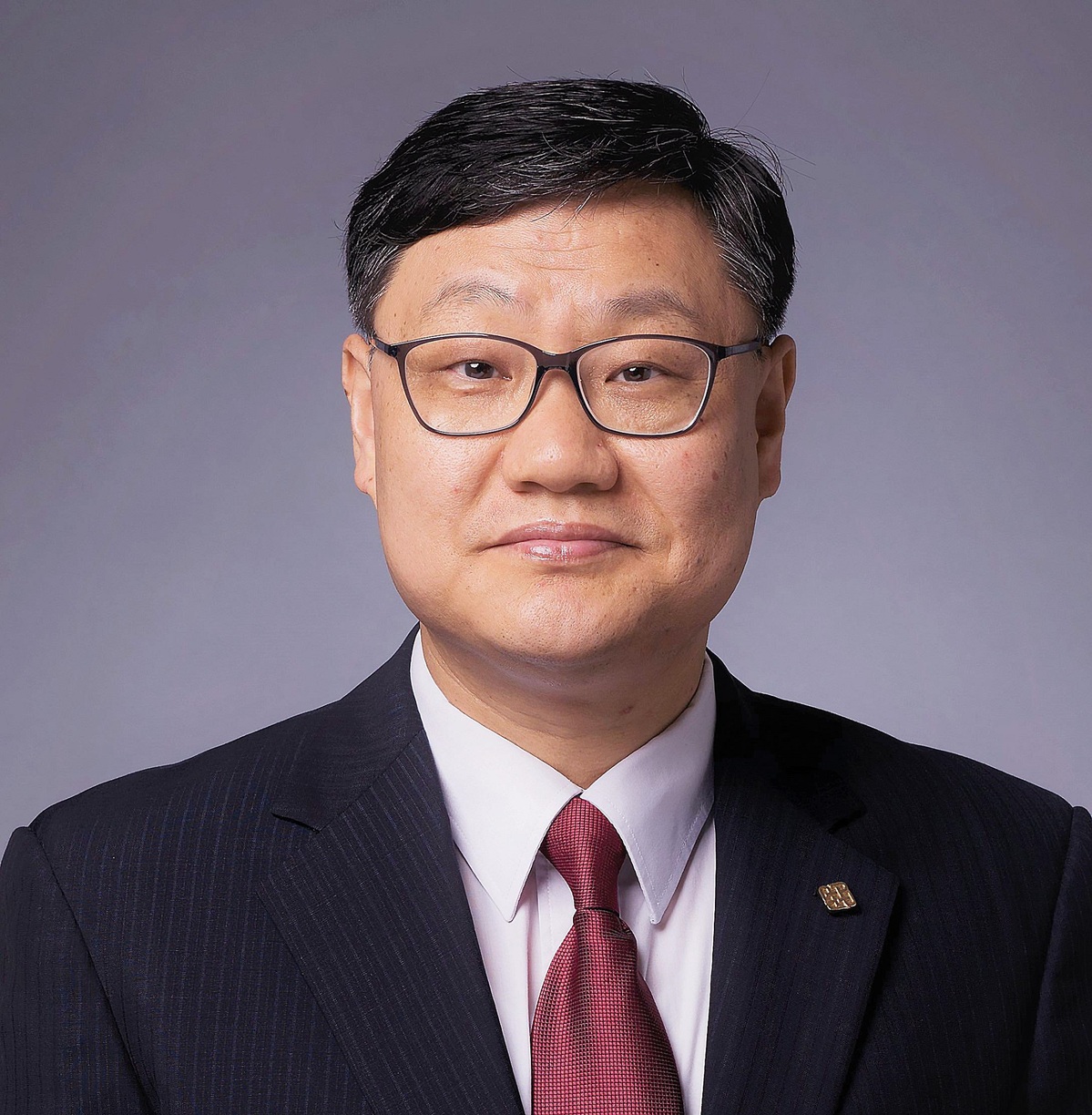
Kim Seong-seop, a professor at the Hong Kong Polytechnic University's School of Hotel and Tourism Management, says the HKTB could have used a little more creativity. He applauds the aesthetics of the Hello Hong Kong videos but describes their content as comedic at best.
"There's lots of dancing; it's very funny ha-ha - but I cannot find the selling point. It doesn't show the true colors of Hong Kong," Kim says. He feels the campaign could have adopted a more-focused approach toward restoring the city's image by letting the world know that it has come out of the shadows of the 2019 social unrest and strict anti-pandemic measures.
"The message should be that Hong Kong is free from COVID-19 restrictions," he reiterates.
"I don't want to sound like I'm criticizing the HKTB, but there are better ways to promote the city."

Digging deeper
The city's long-standing eat-shop-play mantra - the cornerstone of Hello Hong Kong - is not enough to sustain a tourist flow that's increasingly seeking immersive and cultural experiences, says Fanny Yeung, executive director of the Travel Industry Council of Hong Kong.
As more tax-free shopping havens open on the mainland - from where most of Hong Kong's tourists flock - the council has been on a mission to offer in-depth, meaningful visits via cultural tours since last spring. Visitors are treated to the best-kept secrets of storied neighborhoods like Sham Shui Po, West Kowloon and Central, while also getting to find out about intangible heritage such as Hong Kong's famous milk tea. The introduction of curated cultural tours was followed by the reopening of the areas surrounding Sha Tau Kok - a zone of scenic beauty with a number of natural and historical attractions close to Hong Kong's border with the mainland. Since cultural tours usually last longer than day trips, Yeung expects they will bring in more revenue per visitor.

"We want to offer new travel products for Hong Kong, so that we can maintain a steady flow of new and returning tourists," she says. "The old 'eat-shop-play' model is not sustainable."
As recently as February, just 4 percent of cultural tour participants were nonlocals, Yeung adds. She is optimistic that visitor numbers will increase with the launch of more high-speed train services connecting Hong Kong to different cities on the mainland, fast-track processing of visa applications, and improved flight capacity. She doesn't see a full recovery happening until 2024, though.
"We hope to see a 10 percent increase in mainland tourists over the next few months. Thai and Philippine travelers are also coming back," Yeung says, adding that Japan and Taiwan arrivals are catching up, albeit at a slower pace.

Shopping isn't the only thing
Stella Wong, general manager of the Sky100 Hong Kong Observation Deck - also a Hello Hong Kong partner - is similarly curious to find out if the campaign succeeds in creating a sustainable flow of visitors.
"It's great that the HKSAR has sent out all those complimentary tickets - it's very attractive - but the question now is how to get return visitors in the long run," she opines. "Also, we can't just rely on people who haven't been back for the last three years. (We should also be) reaching out to those who've never set foot in our city."
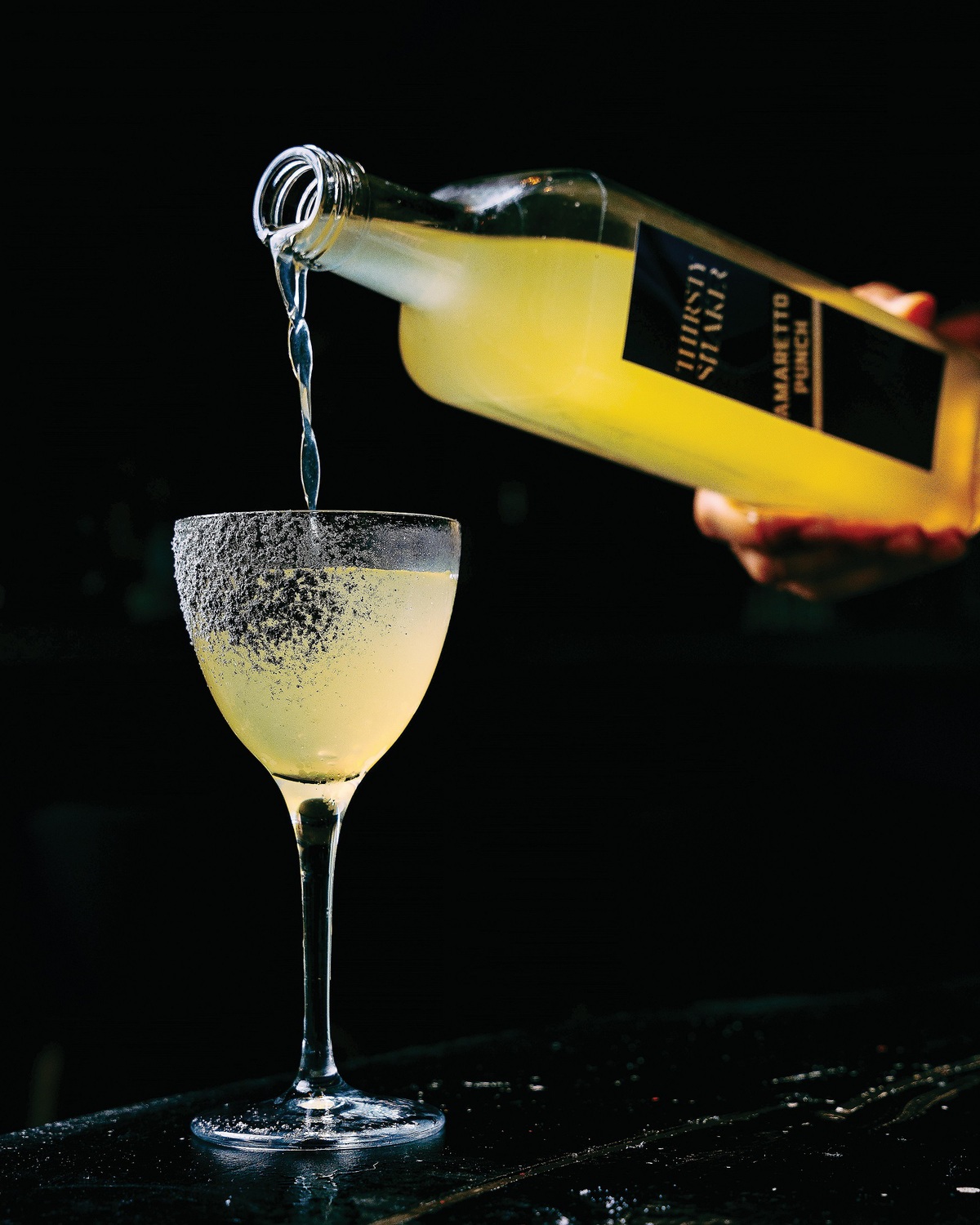

While Wong hopes that Hello Hong Kong's HK$100 vouchers will boost spending at her attraction, she - alongside the neighboring West Kowloon Cultural District and Ocean Terminal cruise docks - has also been working on joint promotions to establish a collective "destination within a destination".
Since February, Wong has noted a significant rise in the number of independent tourists - mostly from the rest of the Guangdong-Hong Kong-Macao Greater Bay Area. She attributes the concomitant reduction in tour-group numbers to a desire to avoid airborne diseases as well as a general lack of cheaper deals from travel agents.
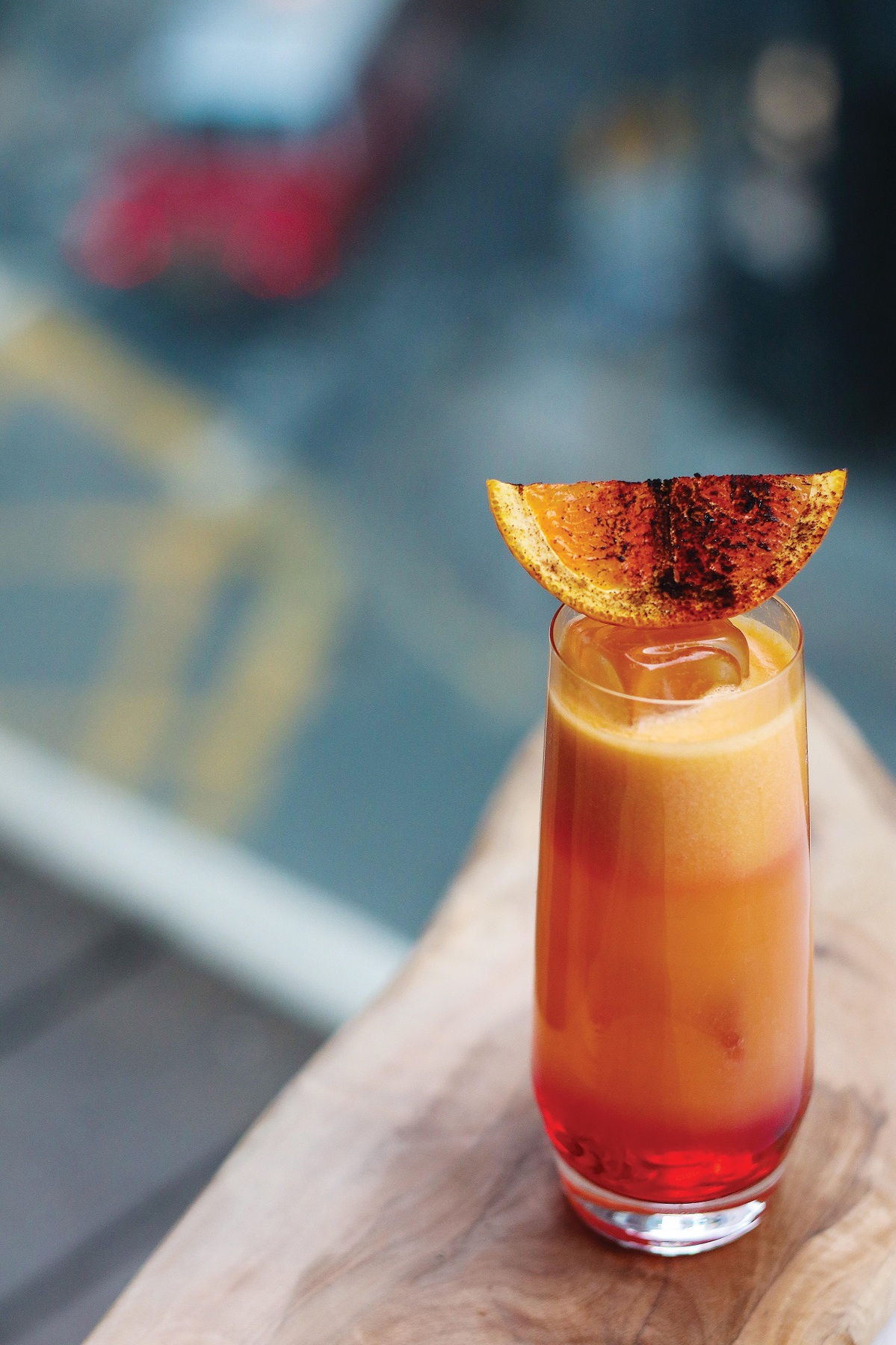
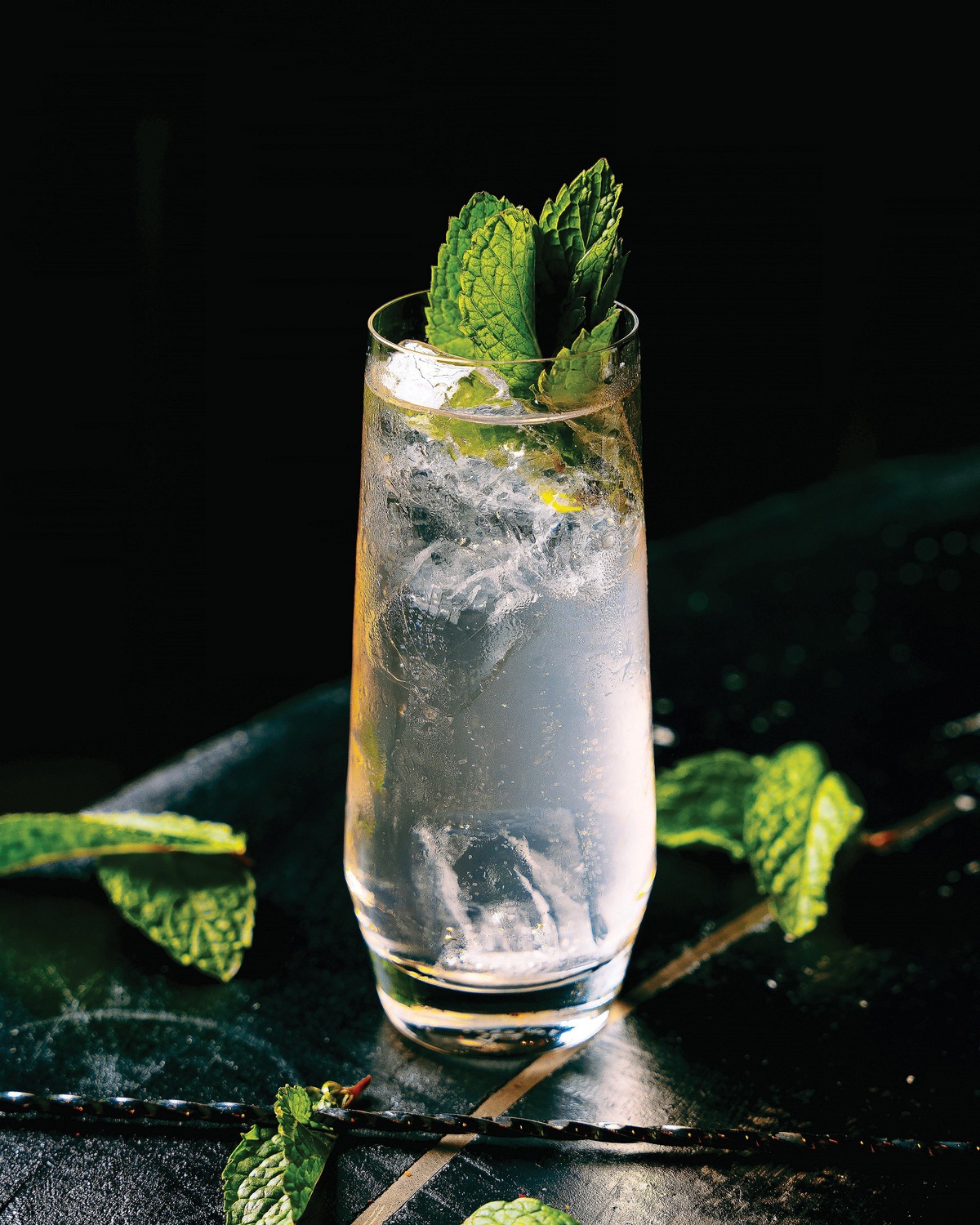
"We don't want tourists to come to Hong Kong for shopping, shopping, shopping," she continues. "We want them to explore our neighborhoods, understand the local culture and immerse themselves fully in the city. That's where we think the future of tourism lies."
While ambitious in scope, Hello Hong Kong's approach could be seen as somewhat ambiguous and dated for a city keen to catch up with its Asian neighbors, many of which have been fully open to visitors since months ago, and as a result are hosting global conferences and events that used to be held in Hong Kong before the pandemic. While the familiar eat-shop-play message may inspire nostalgia in those eager to revisit a pre-2019 Hong Kong, the city needs to try harder to not lose its proverbial competitive edge.
- Aurora seen in Heilongjiang, NE China
- Courts enhance efforts to combat crimes against women and children
- Eleven provincial-level regions buck national trend with population growth
- World University Presidents Forum in Hangzhou discusses AI in education
- Police offer bounty for clues about 2 Taiwan online influencers
- China tackles 'Darwin's Dead Sea' of innovations with new pilot platform push



















